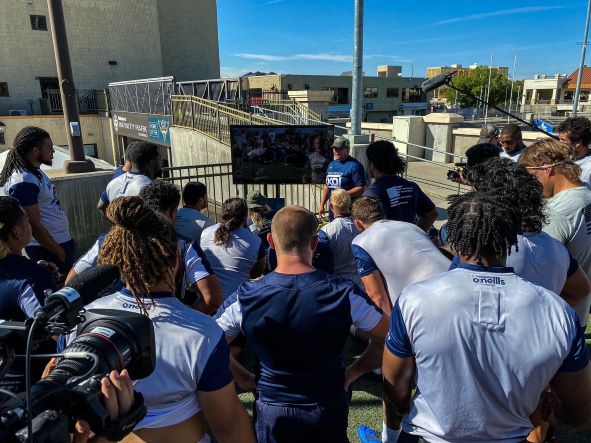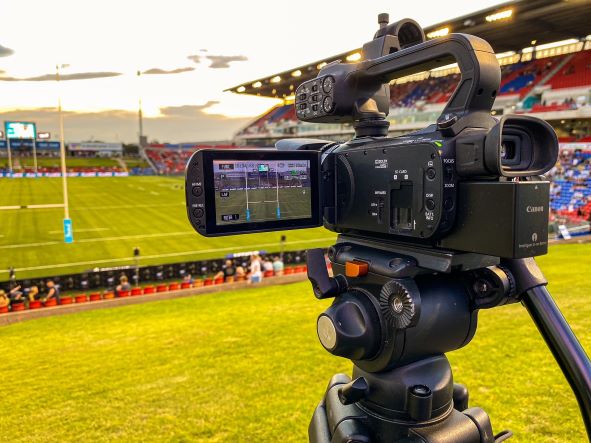Training and match considerations
There are a few filming and capturing considerations that are unique to training and matches.
Training
- What is the session plan? Where will the analyst need to set up the camera to film what is required from the coaches?
- If the session is split into different areas on the pitch, where must we prioritise the filming?
- How long is the session and do we require a power source to keep all equipment running?
- What is the weather like? Do we need to take waterproofing for equipment?
- Where is the location of the sun? Try and avoid filming into the sun if at all possible.
- If a coach is looking at specific players, can they be easily identified from the footage? Coloured jerseys or singlets to identify players may be required.
- Does the session demand immediate feedback? Is an extra device that allows players to watch a drill immediately after it has been performed required? How is the footage transferred to the device? Live capture should be used in this instance.

Matches
- Is a 3rd party or broadcaster filming the match? If not, is there sufficient resource for enough cameras to film what the coaches require?
- Depending on the level of the match and the number of cameras available to the broadcaster, an analyst may need to capture an angle that is not being filmed, such as the end on view.
- Is live coding / labelling required throughout the match? If filming themselves the analyst has to consider the demands of filming and coding at the same time. Unless there are additional people to help it is probably better in this instance to film the whole game and then start analysing afterwards.
- Do coaches require to see the video throughout the game? The analyst needs to consider how to share the footage across multiple devices.
- Analysts should film and / or capture the whole match with no pauses. This makes it a lot easier when using the footage in analysis software and conducting temporal data analysis.
